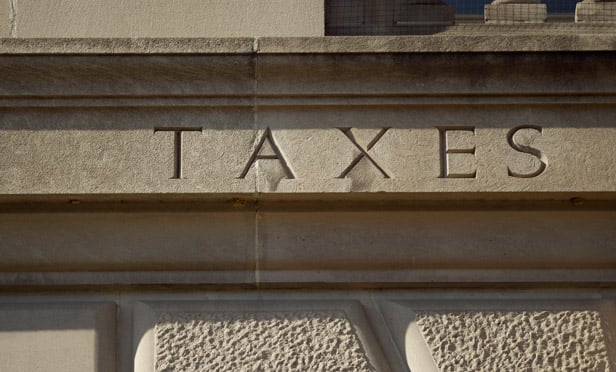 IRS headquarters in Washington. (Photo: Bloomberg)
IRS headquarters in Washington. (Photo: Bloomberg)
The Internal Revenue Service is entering tax season “inundated with correspondence, phone calls, and inventories of unresolved prior-year audits and identity theft cases,” with the agency's problems exacerbated by the longest government shutdown in U.S. history and an antiquated technology system, Nina Olson, the national taxpayer advocate, told Congress on Tuesday.
A day before the shutdown on Dec. 21, the IRS “was already struggling with its inventory of work,” Olson told lawmakers in delivering the IRS 2018 Annual Report.
During 2018, Olson said, “the IRS shuffled resources around to meet the challenge of implementing the new tax law while wrestling with record inventory levels of unresolved cases in its fraud detection programs.”
The annual report staff, Olson stated, “was furloughed, along with most” of her staff. On Jan. 28, “when my office reopened, it was clear that the IRS baseline had changed. The five weeks could not have come at a worse time for the IRS — facing its first filing season implementing a massive new tax law, with a completely restructured tax form.”
Under the tax law, the IRS was directed to replace all the existing Individual Income Tax Return forms — the 1040, 1040A and 1040EZ — with a single new Form 1040.
The new form “was reduced to the size of a postcard, two half pages in length, on which it is estimated approximately 47 million taxpayers (32%) could meet their filing requirements,” Olson said. “By reducing the 1040 to a postcard size, however, this redesign necessitated the creation of an additional six schedules, some containing only three lines of information. Thus, for approximately 70% of taxpayers — nearly 102 million — the six new schedules increase the number of already existing schedules, such as A, B, C, D, or E, that taxpayers must complete.”
Olson said in her 17-page preface that the report identifies “at least 20 of the most serious problems encountered by taxpayers,” and suggests administrative and legislative recommendations to mitigate those problems.
While the Taxpayer Advocate Service was required to submit the report by Dec. 31, “the lapse in IRS funding meant that no TAS employees were excepted to work on finalizing the report. Thus, I am submitting the report in February 2019,” Olson said.
Replacing the IRS' antiquated technology is the agency's “No. 1 need,” she said. “Last year, the IRS experienced a systems crash on the final day of the tax-filing season, forcing the IRS to extend the filing season by a day. The crash prompted talk of the risk of a catastrophic systems collapse, and that risk does, indeed, exist.”
But, she continued, “there is a greater risk: IRS performance already is significantly limited by its aging systems, and if those systems aren't replaced, the gap between what the IRS should be able to do and what the IRS is actually able to do will continue to increase in ways that don't garner headlines but increasingly harm taxpayers and impair revenue collection.”
Bottom line, Olson said: “It is irresponsible for an agency that touches all aspects of people's lives to be underfunded, understaffed, and at the mercy of shutdowns.”
The IRS “is wrestling with its workload. With the best of intentions — namely, trying to do its job — it is making strategic decisions that ultimately burden taxpayers, increase its own rework, and create distance and distrust between taxpayers and the tax agency, thereby undermining voluntary compliance,” Olson stated.
The IRS “is experiencing a 'cycle of frustration' as it tries to soldier on with its important work in the midst of shutdowns and funding stops and starts.” READ MORE:
10 new tax numbers to know for 2019
Everything you need to know about the new IRS employer tax credit
© 2025 ALM Global, LLC, All Rights Reserved. Request academic re-use from www.copyright.com. All other uses, submit a request to [email protected]. For more information visit Asset & Logo Licensing.







